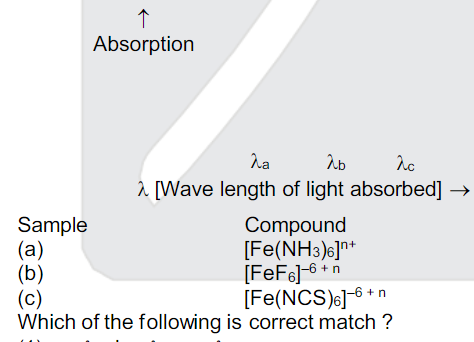Three water samples namely river water, untreated sewage water and secondary effluent discharge from a sewage treatment plant were subjected to BOD test. The samples were labelled A,B and C. but the laboratory attened did not note, which was which . The BOD values of the three samples A,B and C were recorded as 20 mg/L , 8 mg/L and 400 mg/L, respectively. which sample of the water is most polluted ? can you assign the correct label to each , assuming the river water is relatively clean
Step by step video & image solution for Three water samples namely river water, untreated sewage water and secondary effluent discharge from a sewage treatment plant were subjected to BOD test. The samples were labelled A,B and C. but the laboratory attened did not note, which was which . The BOD values of the three samples A,B and C were recorded as 20 mg/L , 8 mg/L and 400 mg/L, respectively. which sample of the water is most polluted ? can you assign the correct label to each , assuming the river water is relatively clean by Biology experts to help you in doubts & scoring excellent marks in Class 12 exams.
Updated on:21/07/2023Similar Questions
What is biochemical oxygen demand (BOD) test ? At what stage of Sewage treatment this test is performed?
BOD level of three samples of water labelled as A,B and C are 30mg/L, 10mg/L and 500 mg/L respectively. Which sample of water is most polluted?
View SolutionWhy is secondary treatment of water in sewage treatment plant called biological treatment?
View Solution
Knowledge Check
Biochemical oxyge Demand (BOD) in a river water:-
ARemain unchanged when algal bloom occurBIncreases when sewage gets mixed with river waterCGive number of Salmonella in waterDHas no relationship with organic matter present in river waterBOD values of 4 water samples A, B, C, D are 60, 80, 100 and 150 mg/lit respectively. Which is more polluted
AABBCCDDLess polluted water sample is
A2 milliequivalents of K2Cr2O7 (in 50% H2SO4) consumed for 100 kg water sample on oxidising the pollutantB2 milliequivalents of oxygen consumed for oxidising the pollutant in 1000 litre of water sampleC0.2 g of oxygen consumed for oxidising the pollutant million parts of waterD49×10−3 g of K2Cr2O7 units 50% H2SO4 is required to oxidise the pollutant in 106 mL of water sample.
The absorption spectra of three samples A,B,C is given:

View SolutionFour samples of water A, B, C and D have the DO values 1 mg / litre, 3 mg /litre, 5 mg / litre and 8 mg/litre respectively. The more polluted sample of water is
View SolutionWhich of the following water samples is used in car batteries?
View SolutionWhich of the following water samples is used in car batteries?
View SolutionWhich of the following ions will cause hardness in water sample?
View Solution
